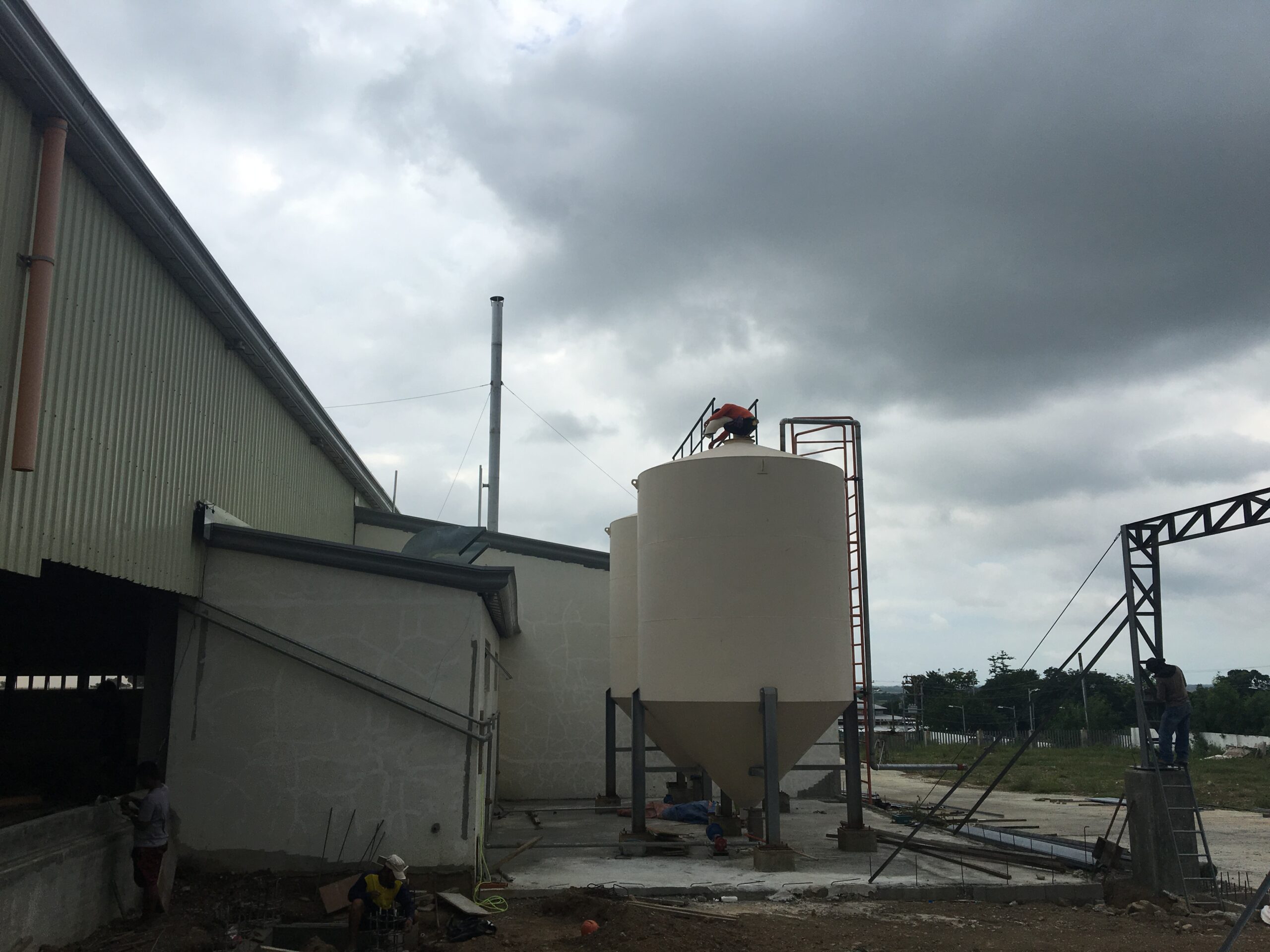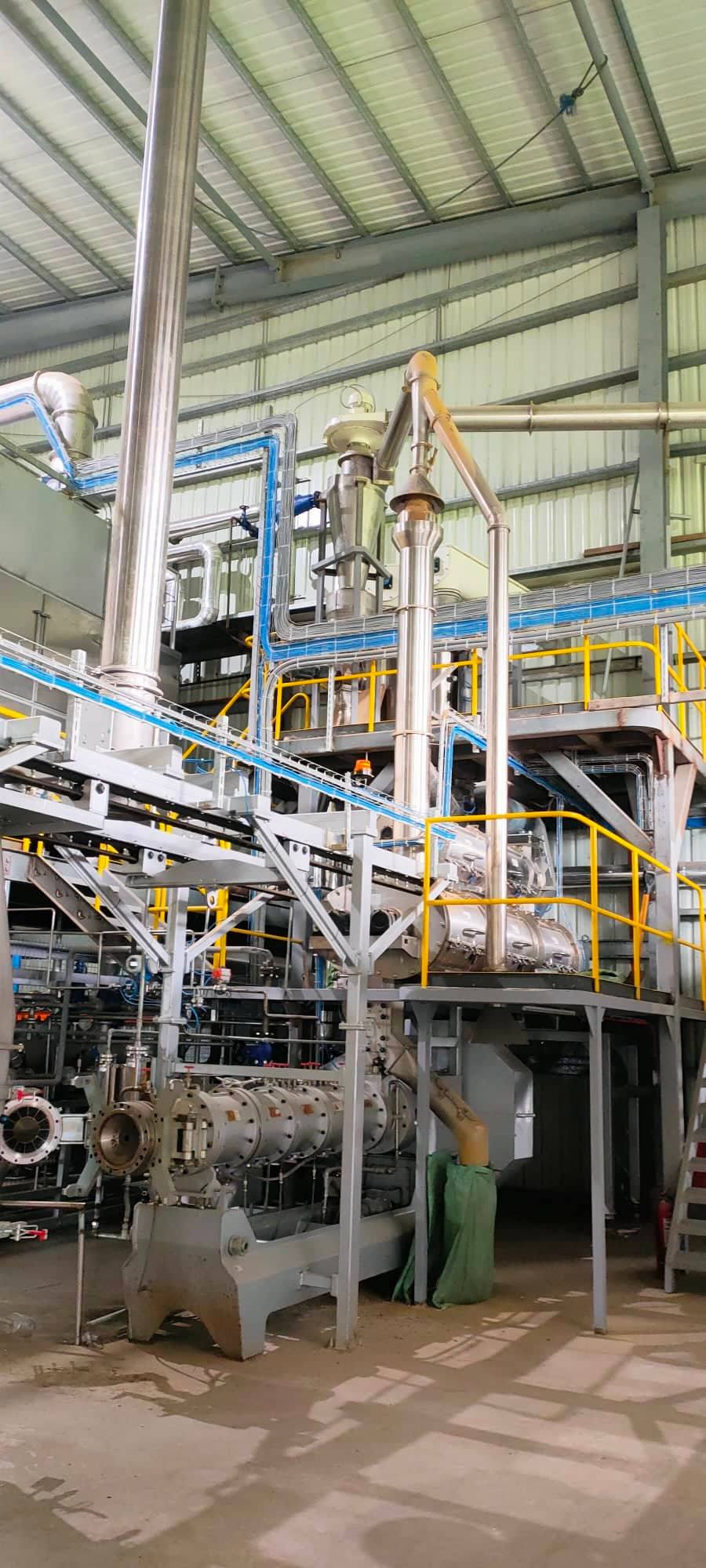Safety First: Implementing Robust Quality Control in Feed Production
Quality assurance plays a vital role in feed manufacturing, ensuring the end product is safe, consistent, and effective. In an industry where animal health is crucial, a strong quality assurance program is key to reducing risks and keeping customers’ trust. Good quality checks help feed makers spot and fix potential problems at every step, from choosing ingredients to shipping the final product. For feed mill designers, understanding these quality assurance principles is essential to create efficient and compliant production facilities.
Keeping quality high isn’t just about following rules – it’s also smart business. People care more and more about where their animal feed comes from and how good it is. Feed makers who show they care about quality are more likely to stand out from competitors. Plus, good quality control can mean less waste, better efficiency, and more profit for feed plants.
Common Quality Assurance Hurdles in Feed Making
Feed makers face several challenges when trying to set up strong quality checks. Some of the main issues include:
Many Ingredient Sources: Feed makers often buy ingredients from different suppliers, each with their own quality practices. Making sure all these inputs are consistently good can be tough.
Complicated Recipes: Today’s feeds can have many ingredients and additives. Keeping tight control over these recipes is crucial to meet all the rules and nutrition needs.
Strict Rules to Follow: The feed industry has to follow many rules and standards, which can be different in various places. Keeping up with these changing rules and showing compliance can be an ongoing challenge for feed makers.
Risk of Contamination: Feed plants can face different types of contamination, like from germs, chemicals, or physical objects. Setting up good ways to find and reduce these risks is essential to protect animal and human health.
Tracking and Record-Keeping: Keeping detailed records and being able to trace ingredients is crucial for feed makers. It helps them quickly find and fix any quality issues that might come up. But maintaining these systems can take a lot of time and resources.
Key Parts of a Strong Quality Assurance System
To tackle these challenges and make sure they produce safe, high-quality feed, makers should set up a thorough quality assurance system with these important parts:
Quality Management Plan: A clear quality management plan that spells out the policies, steps, and responsibilities for ensuring quality throughout the making process.
Ingredient Checks: Careful checking and testing of ingredients to make sure they’re good quality, safe, and follow the rules before using them in production.
Process Control: Strict process control measures, like key checkpoints, testing during production, and real-time monitoring, to ensure the final product is consistent and high-quality.
Final Product Testing: Thorough testing of finished feeds to confirm they meet all relevant quality, safety, and regulatory requirements before being cleared for distribution.
Tracing and Recording
Strong systems to track and document everything, allowing quick spotting and fixing of any quality issues that pop up.
Always Getting Better
A promise to keep improving, with regular checks and updates to the quality control system to handle new challenges and use the best methods.
Putting Quality Control Steps into Action in Feed Making
To effectively set up a solid quality control system in feed production, you need a multi-step approach that includes these key actions:
Set Quality Goals and Rules
Feed makers should create clear quality rules and set specific, measurable quality goals that fit with their overall business aims and follow regulations.
Find Critical Check Points
Carefully look at the production process to spot critical check points where quality control measures must be put in place to lower risks and ensure product safety.
Set Up Thorough Testing and Watching
Create a comprehensive testing and monitoring program that checks raw materials, tests during production, and analyzes the final product. Use a mix of physical, chemical, and germ-related testing methods to ensure a full quality assessment.
Create Good Documentation and Tracking
Put in place strong documentation and tracking systems to record all quality-related data, from getting raw materials to distributing the final product. This will allow quick identification and solving of any quality-related issues.
Provide Full Training
Make sure all staff involved in feed production, from machine operators to quality control workers, get thorough training on quality control procedures, rules they need to follow, and best practices.
Keep Reviewing and Improving
Regularly check the quality control system, get feedback from everyone involved, and make updates and improvements to handle new challenges and use the best industry practices.
Final Thoughts
Keeping a strong quality control system is crucial for feed makers who want to ensure their products are safe, consistent, and effective. By tackling common quality control challenges and setting up a full system that includes key parts like quality management, raw material checks, process control, and traceability, feed makers can not only meet regulations but also gain an edge in the market.
If you’re designing a feed mill and want to set up a strong quality control system in your facility, reach out to our expert team today. We can help you develop a custom solution that fits your specific needs and ensures you produce high-quality, safe feed. Book a chat now to get started.



